Overview of Shore Power Sockets and Plugs - IEC/IEEE 80005
Technical guidance and ship-specific requirements for LVSC and HVSC systems
This purpose of this blog is to provide clear guidance on shore power sockets and plugs using the governing standard - IEC/IEEE 80005. This standard categorically divides shore power plugs and sockets into low voltage shore connection systems (LVSC < 1 MVA) and high voltage shore connection systems (HVSC > 1 MVA). LVSC systems are governed by IEC/IEEE 80005-3 for operability and IEC 60309-5 for dimensions. HVSC systems are governed by IEC/IEEE 80005-1 for operability and IEC 62613-2 for dimensions. Both are governed by IEC/IEEE 80005-2 for communication.
Ship-specific requirements for some ship types are elaborated upon in the subsequent sections. Guidelines for other ship types either do not exist, or are in development. Use the tool to quickly determine all requirements for your ship.
-
Ship-specific requirements are defined by IEC/IEEE 80005-3 for the below ship types, and elaborated upon fully in the downloadable E-book. It should be noted that other ship types do not have normative nor informative additional requirements at this point in time.
The picture clearly shows however that LVSC systems generally all use a similar type plug interface and should thus be compatible for all types.
• Annex B – Normative – Offshore supply, service and working ships
• Annex C – Normative – Container ships
• Annex D – Informative – Tankers
Additionally, many shipowners and terminals use CEE or powerlock for low voltage systems, in particular with (very) low power demands (typically less than 100 kW with 63A connections). These are generally easy to use and commonplace across many industries. Click here to learn more.
Please note that some shipowners or ports use different connector types for (very) low power demand, such as CEE form and Powerlock. Learn more here.
-
Ship-specific requirements are defined by IEC/IEEE 80005-1 for the below ship types, and elaborated upon fully in the downloadable E-book. As can be seen, there is a great deal of difference for HVSC systems both in terms of dimensions, as other ship-specific requirements determined in the annexes.
• Annex B – Normative – Ro-Ro cargo and Ro-Ro passenger ships
• Annex C – Normative – Cruise ships
• Annex D – Normative – Container ships
• Annex E – Informative – LNG carriers
• Annex F - Informative – Tankers
It should be noted that other ship types do not have normative nor informative additional requirements at this point in time.
-
Ship-specific requirements apply to both operability and dimensions, in particular the following parameters:
Nominal voltage and frequency;
Location of cable management system, converter and transformer (onshore or at ship-side);
Number of cables required.
The following key notes from standards can be taken into account for all ship types:
System to be galvanically separated from the shore distribution system.
A frequency convertor shall be utilized on shore.
Where ships undertake a repeated itinerary at the same ports and their dedicated berths, other IEC voltage nominal values may be considered.
Need more ship-specific information?
-
The governing standard scoped for shore power operability is the IEC/IEEE 80005 series. 80005-1 is dedicated to high voltage systems, 80005-3 to low voltage systems. For both parts, chapter 7 covers ship-to-shore connection and interface equipment. The annexes cover ship-specific requirements.
The governing standard scoped for plugs and sockets connectivity is the IEC 60309 series for LVSC and IEC 62613 series for HVSC. Part 5 and part 2 cover LVSC and HVSC dimensional compatibility and connectivity for various ship types. All other chapters such as general requirements have been omitted from this blog for reasons of clarity.
The regulatory framework for shore power projects, development and operations needs to be assessed over a broader range of dimensions. These include the shore-side infrastructure, cable management system and interfacing and the ship side equipment. To these dimensions apply a wide range of regulations, including national law, class rules, port state requirements, port rules and bye laws. The below figure provides a schematic overview of the wide range of regulations for a full-scope shore power project. The entirety of this regulatory framework is outside the scope of this document, but provided as reference nonetheless. Contact the helpdesk for guidance.
-
The main differentiator for plugs and sockets is the division between low voltage and high voltage systems. When low or high voltage is determined, subsequent selection for a plug boils down to the ship-specific requirements and preferences, primarily maximum current, electrical safety requirements (e.g. short-circuit currents), or simply whether the cable needs to come out from the socket at an angle or not.
In addition to examples that showcase real-life sockets and plugs, a list of potential suppliers for both LVSC and HVSC are provided in the subsequent figures.
Download the E-book for high resolution figures and more information on suppliers.

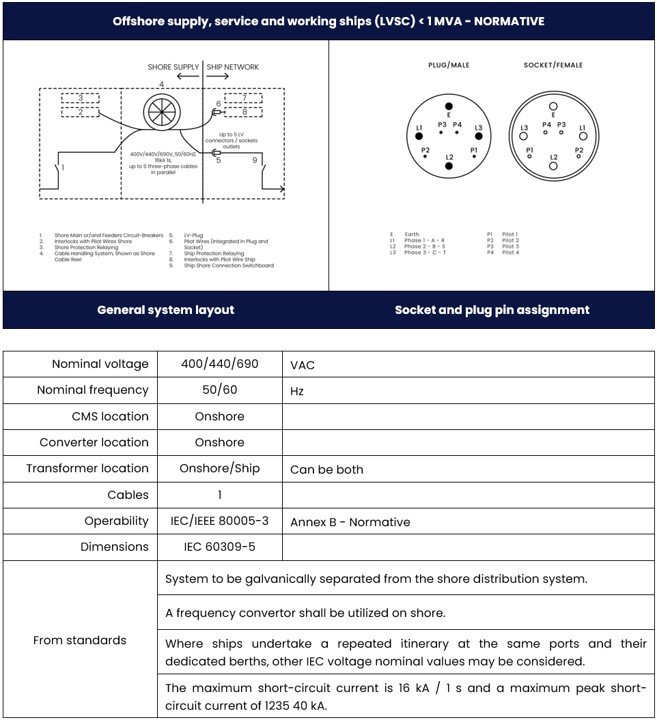
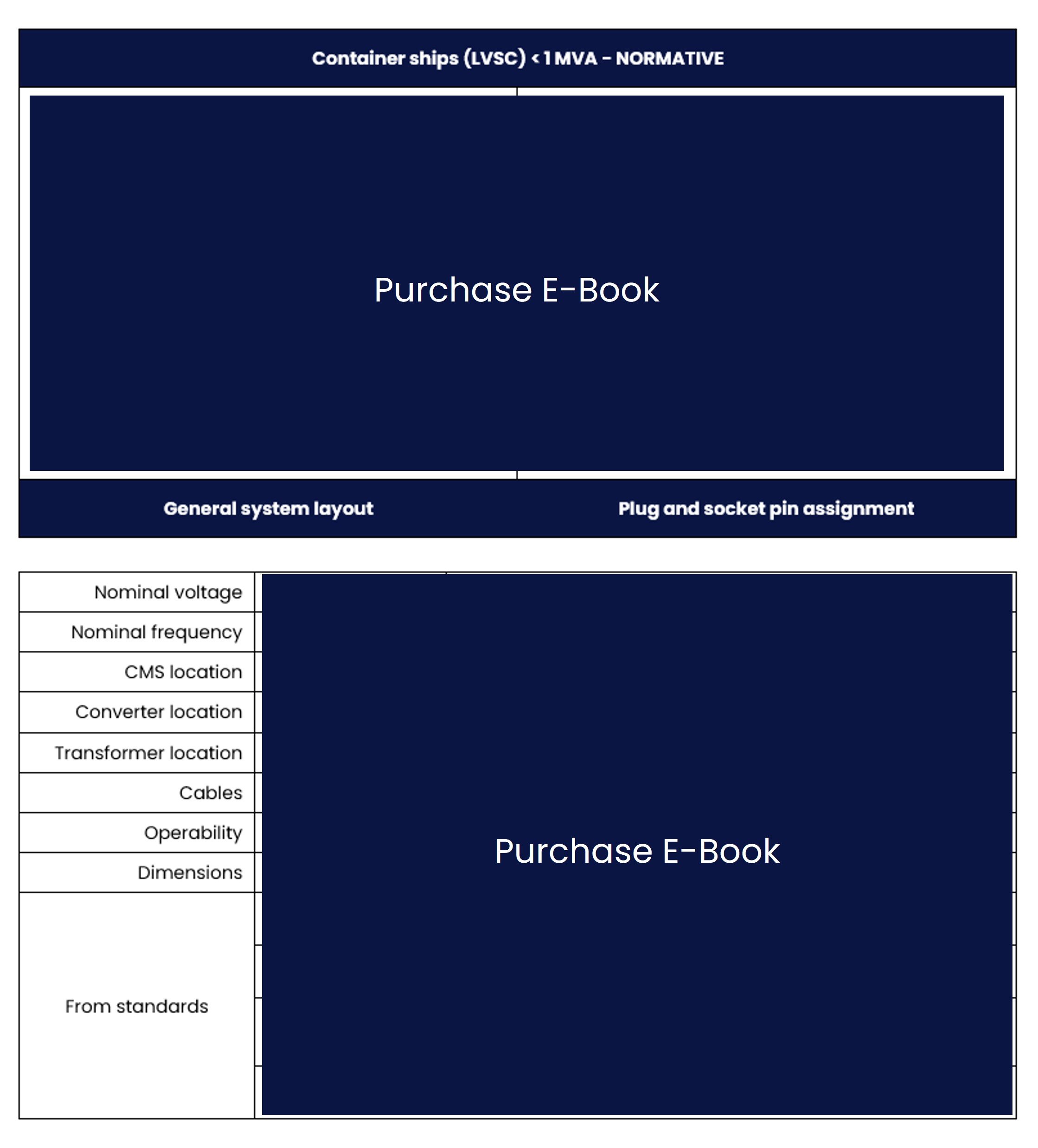
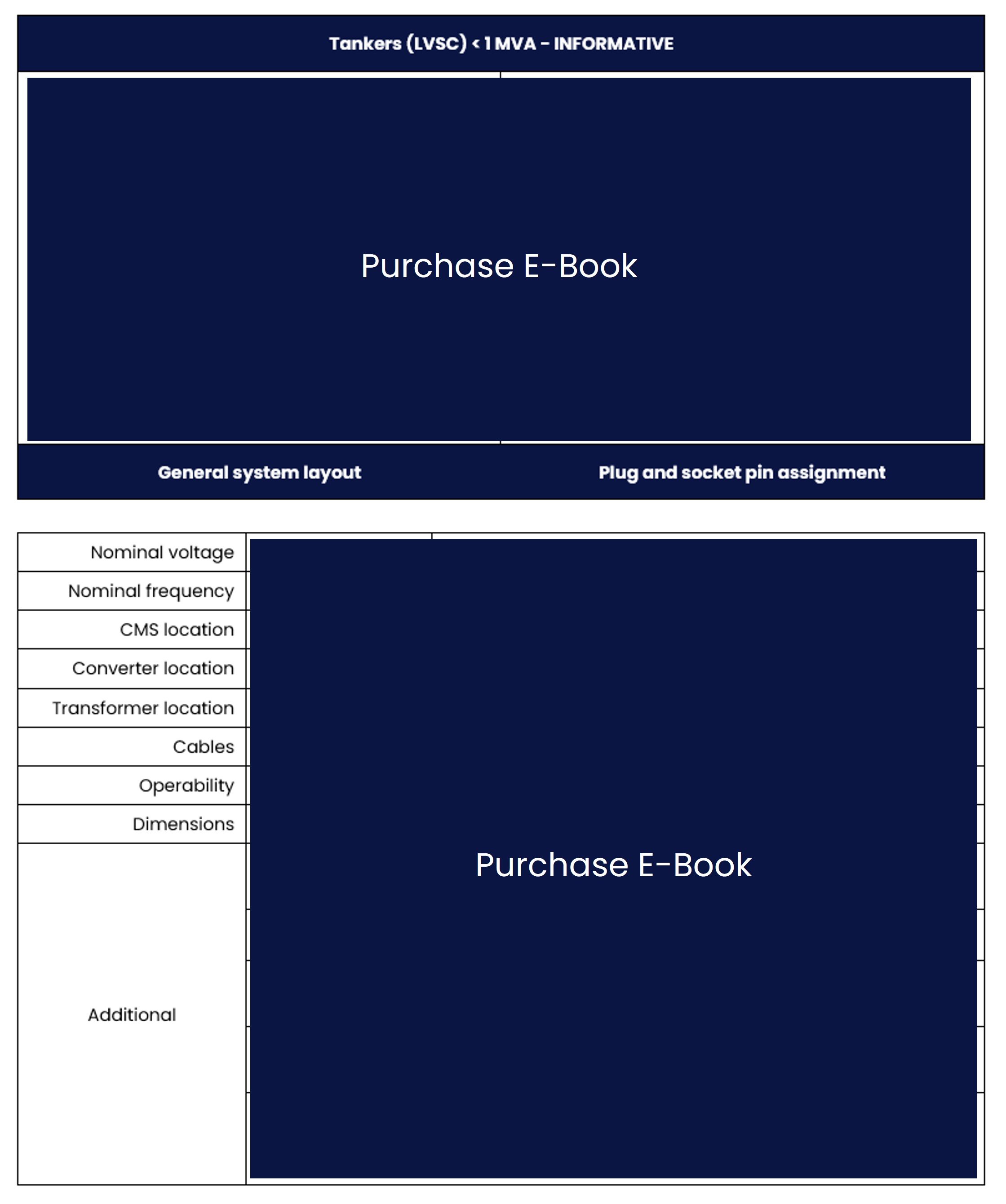
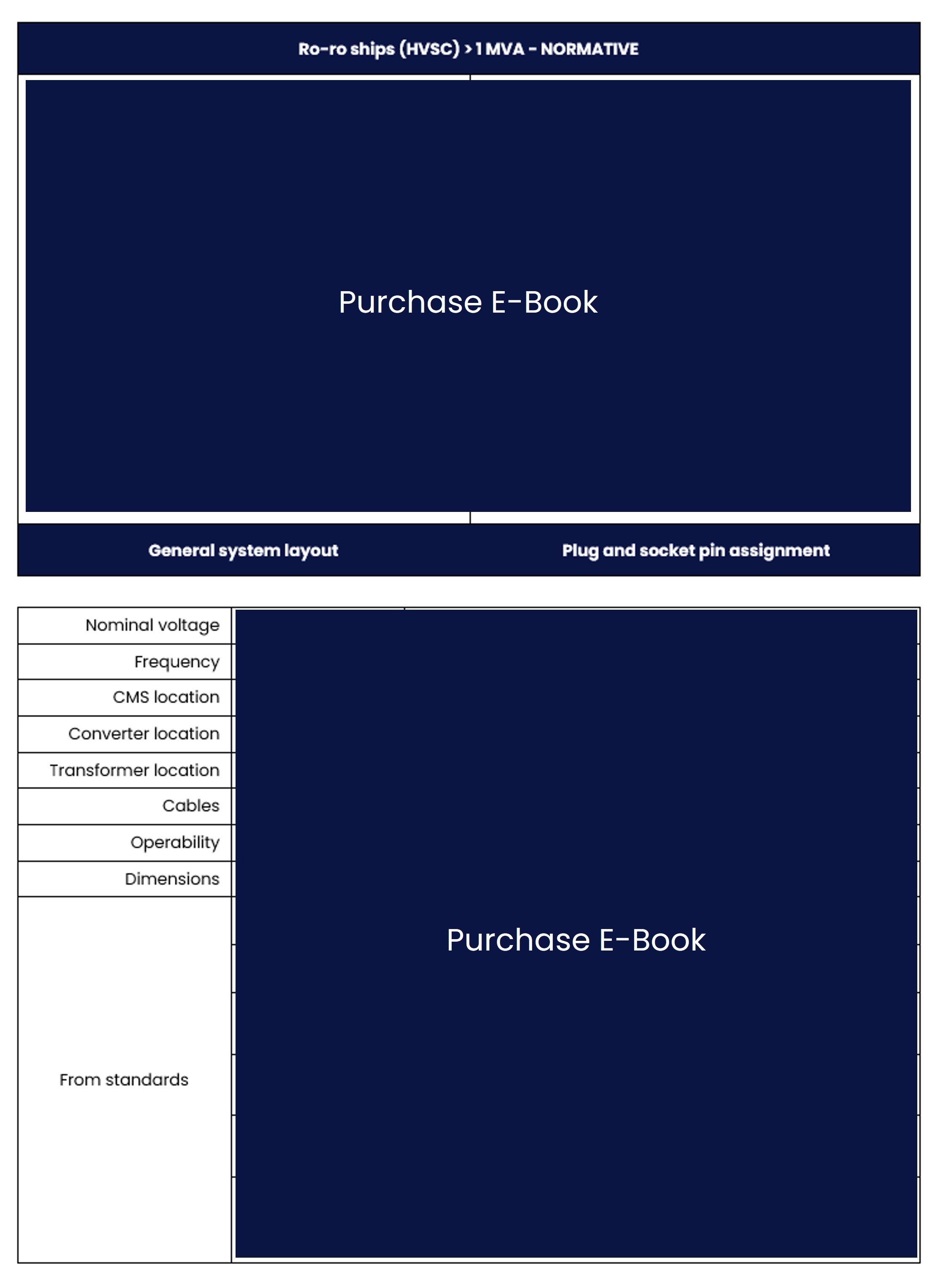
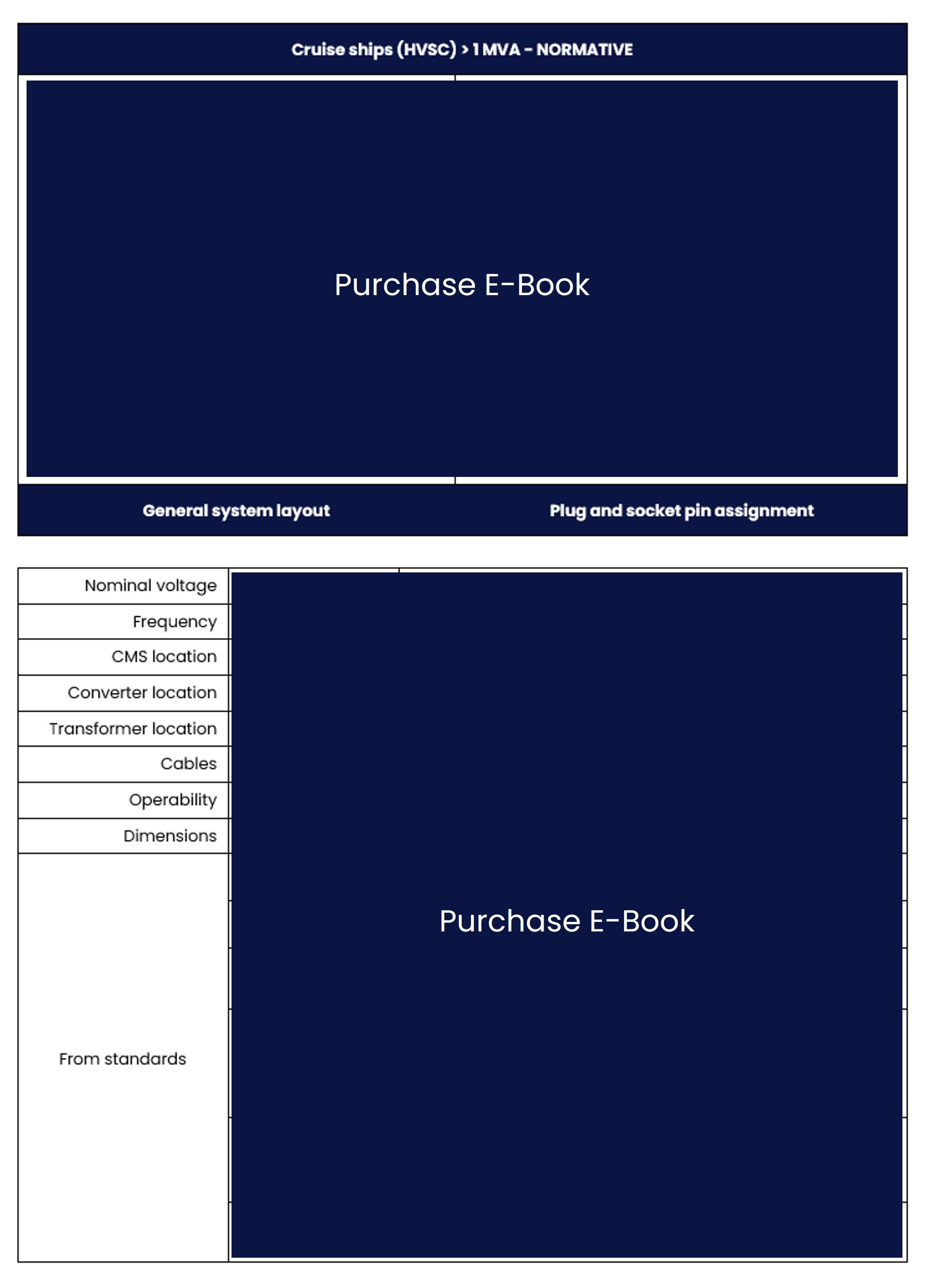
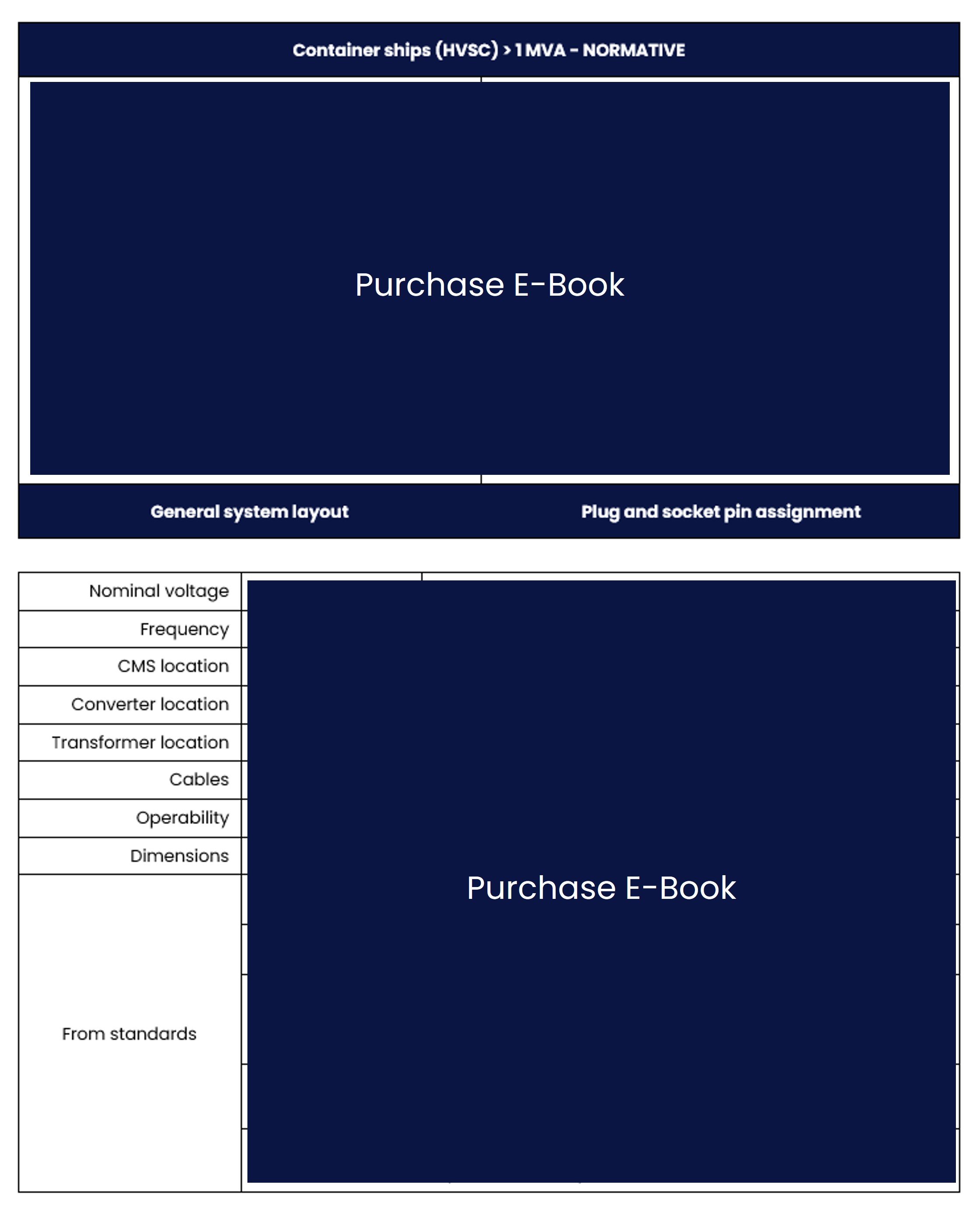
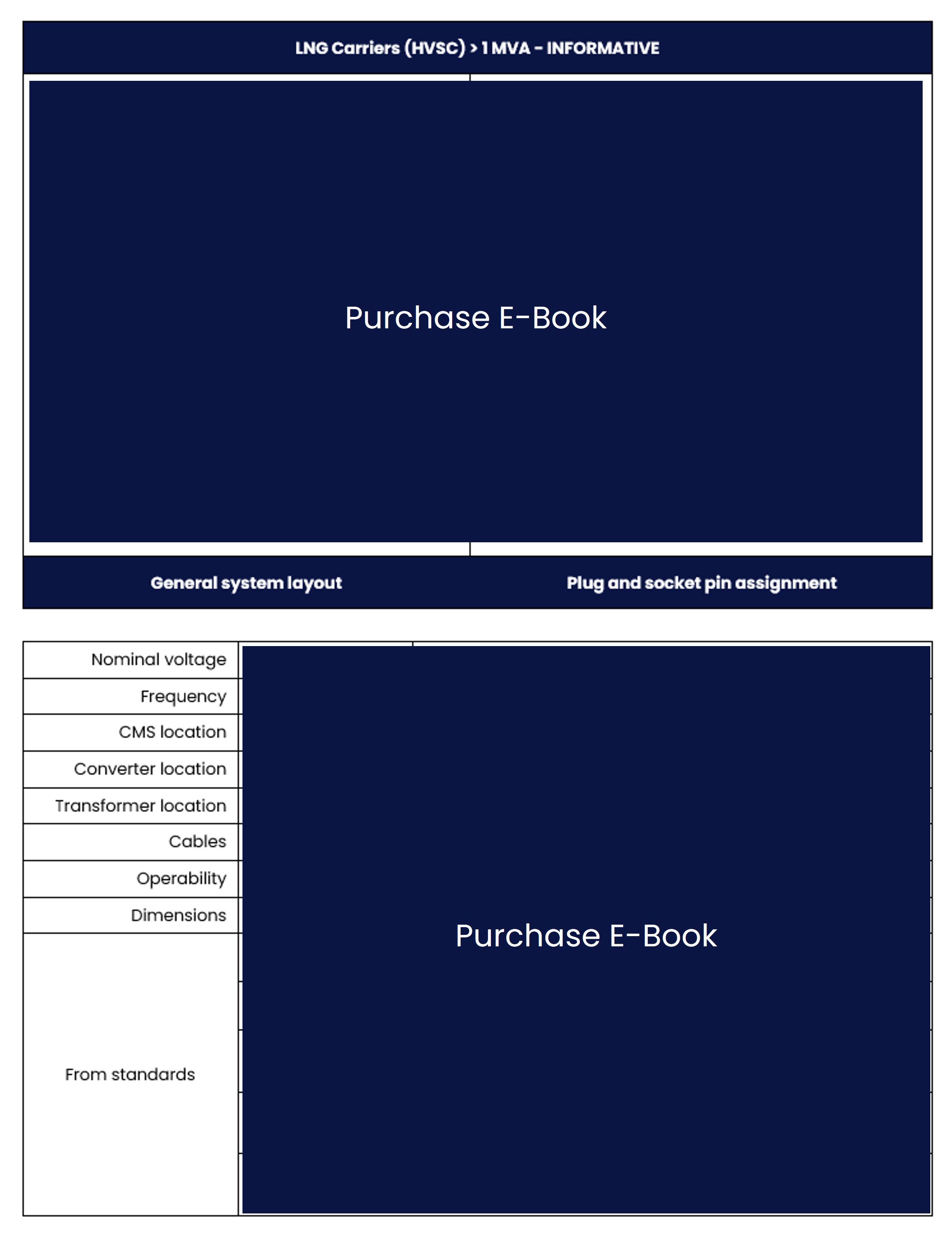
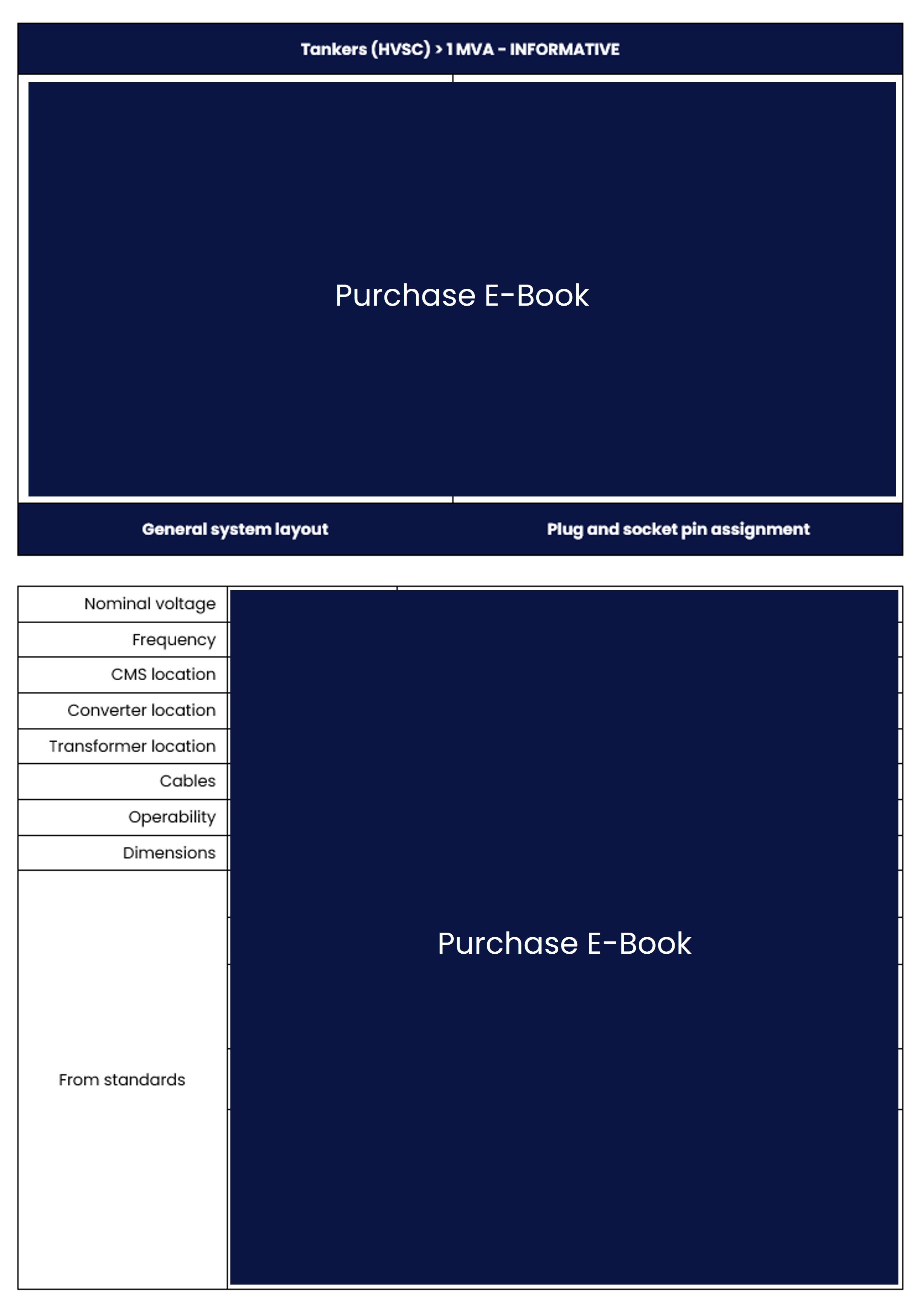
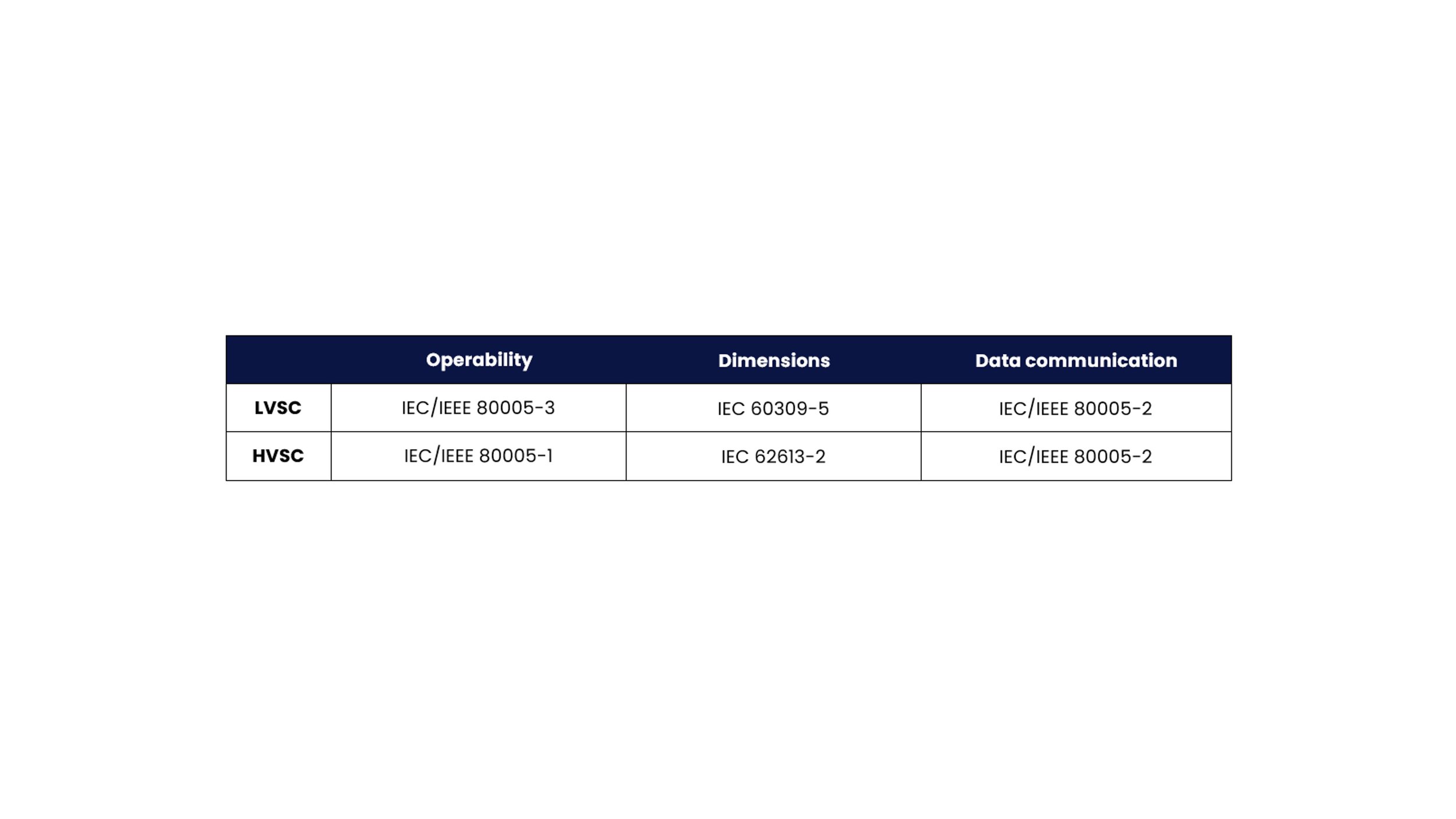
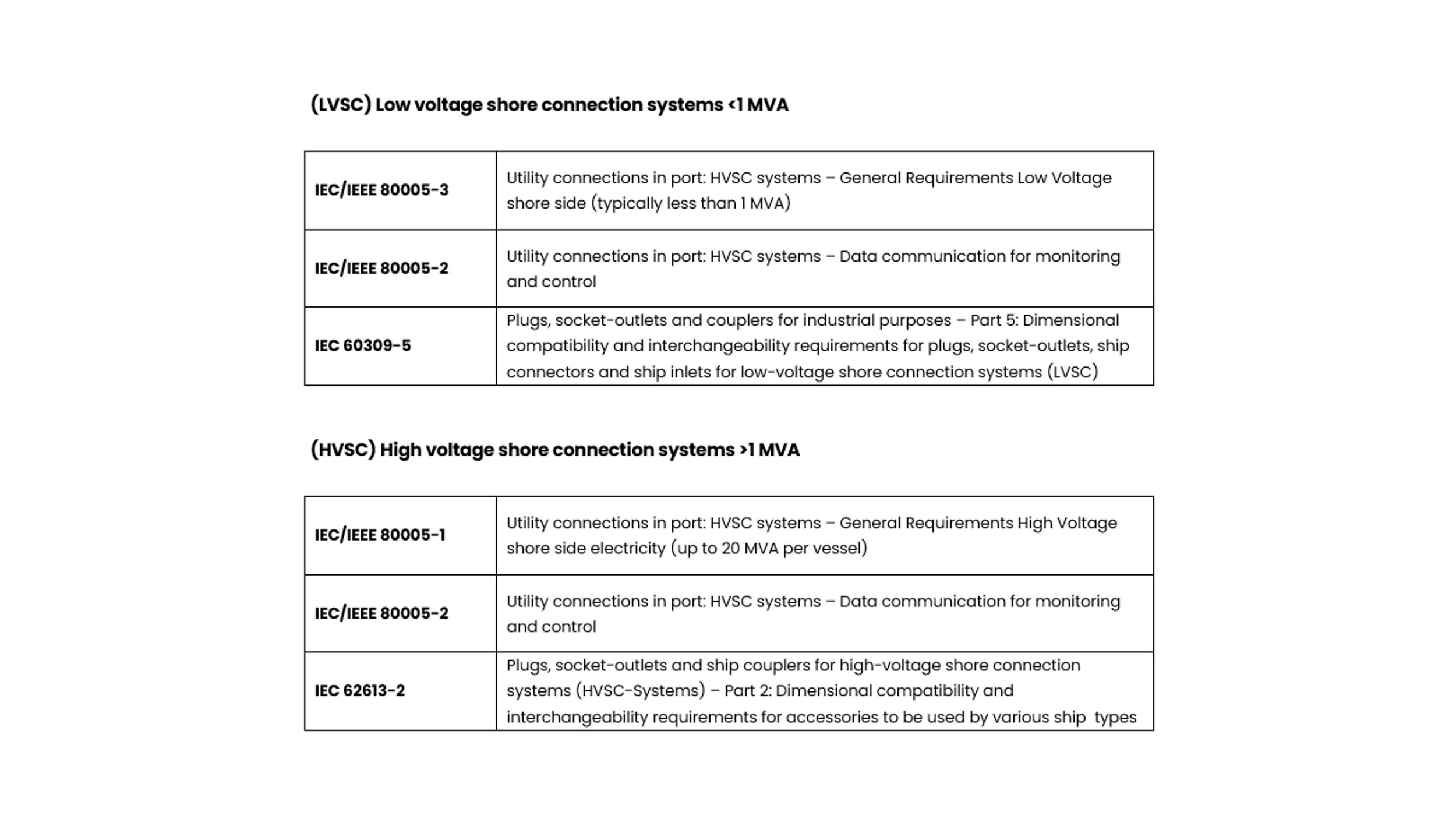
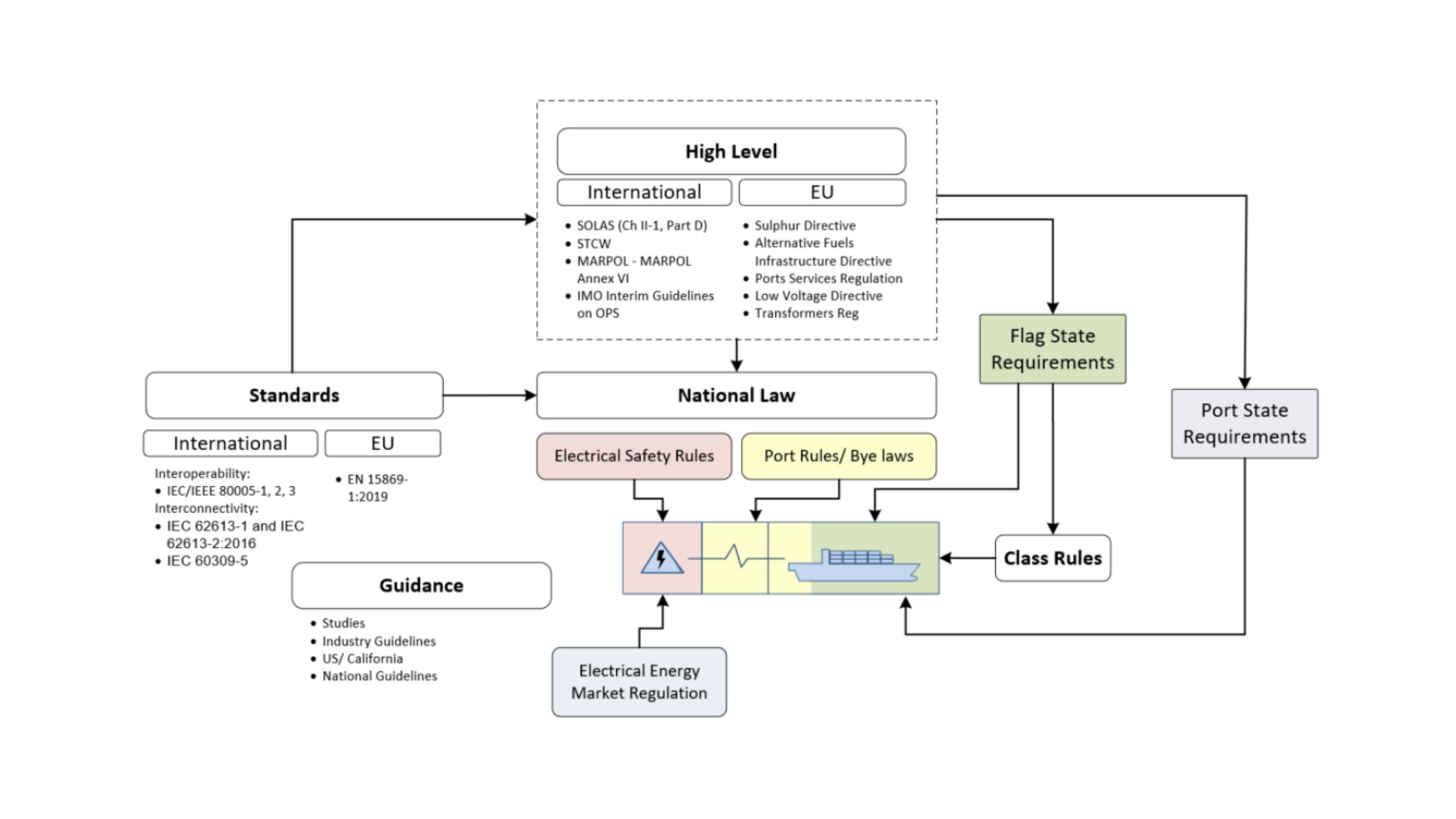
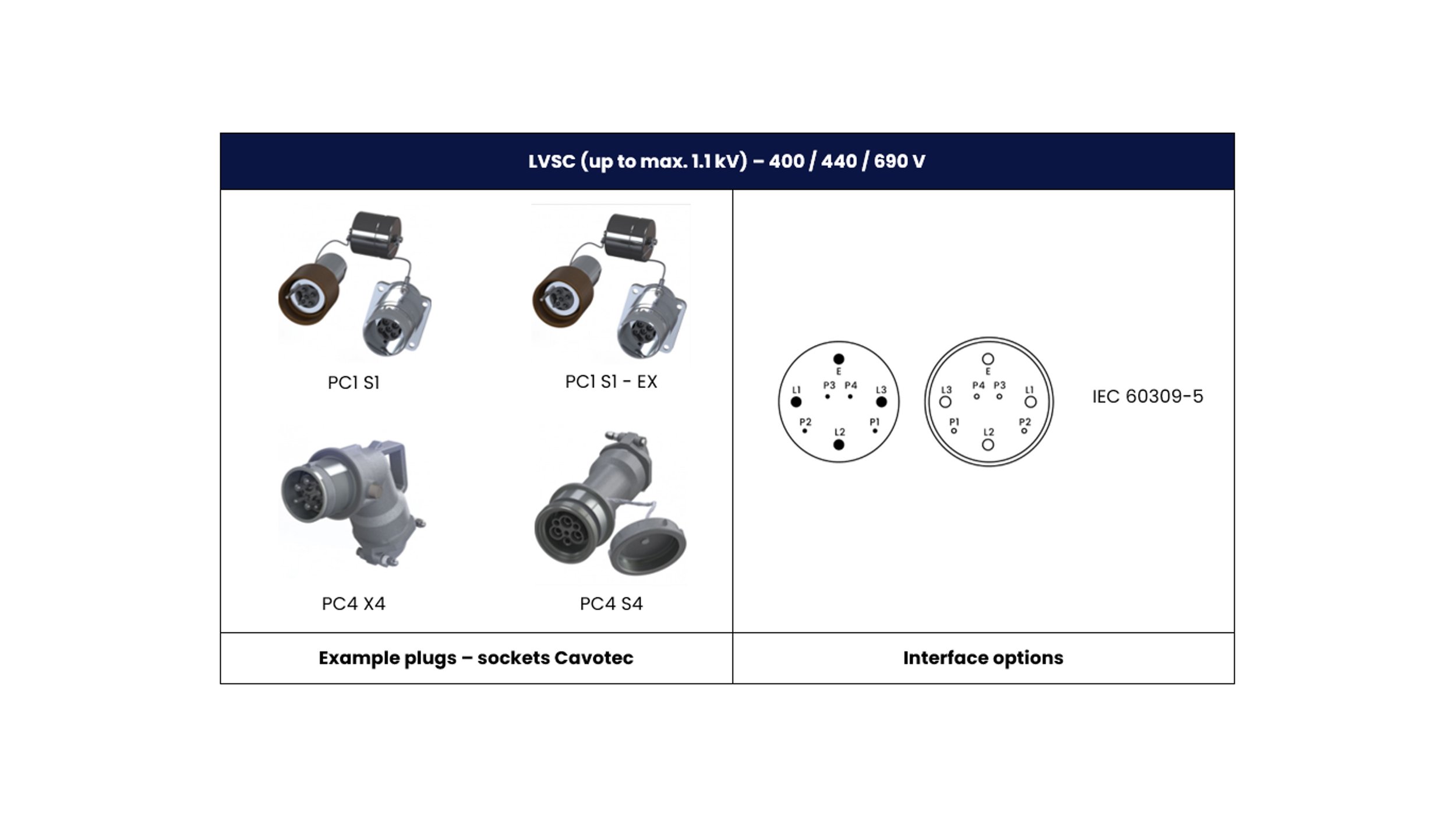
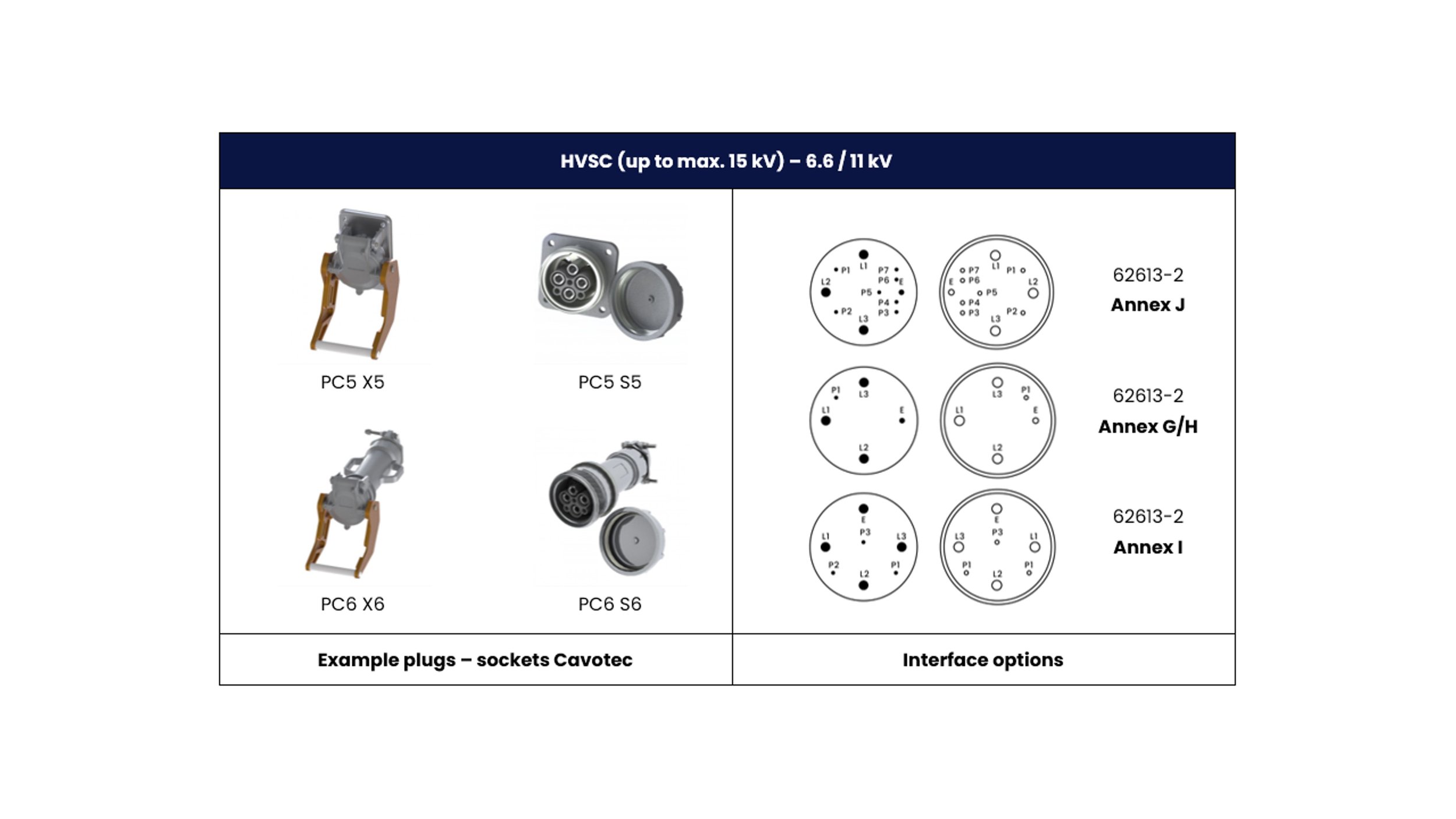
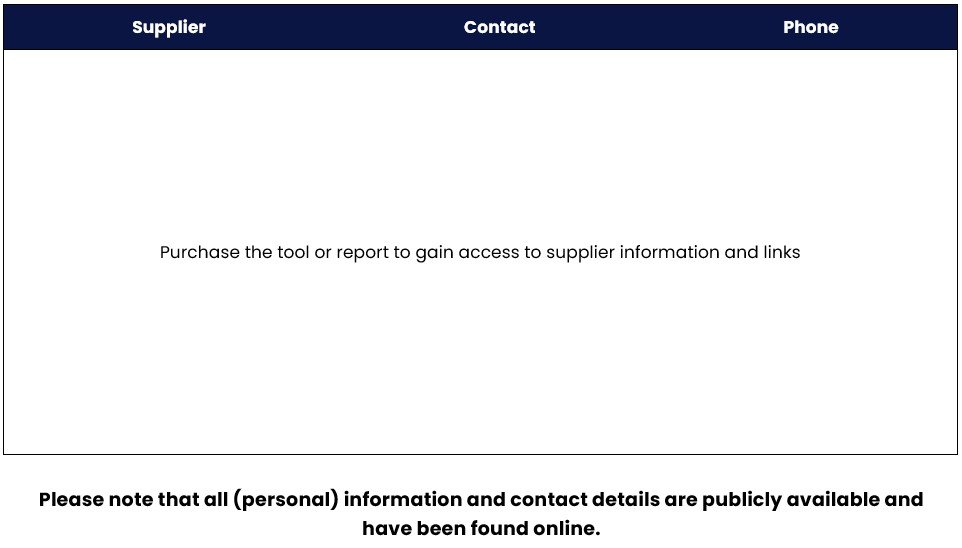

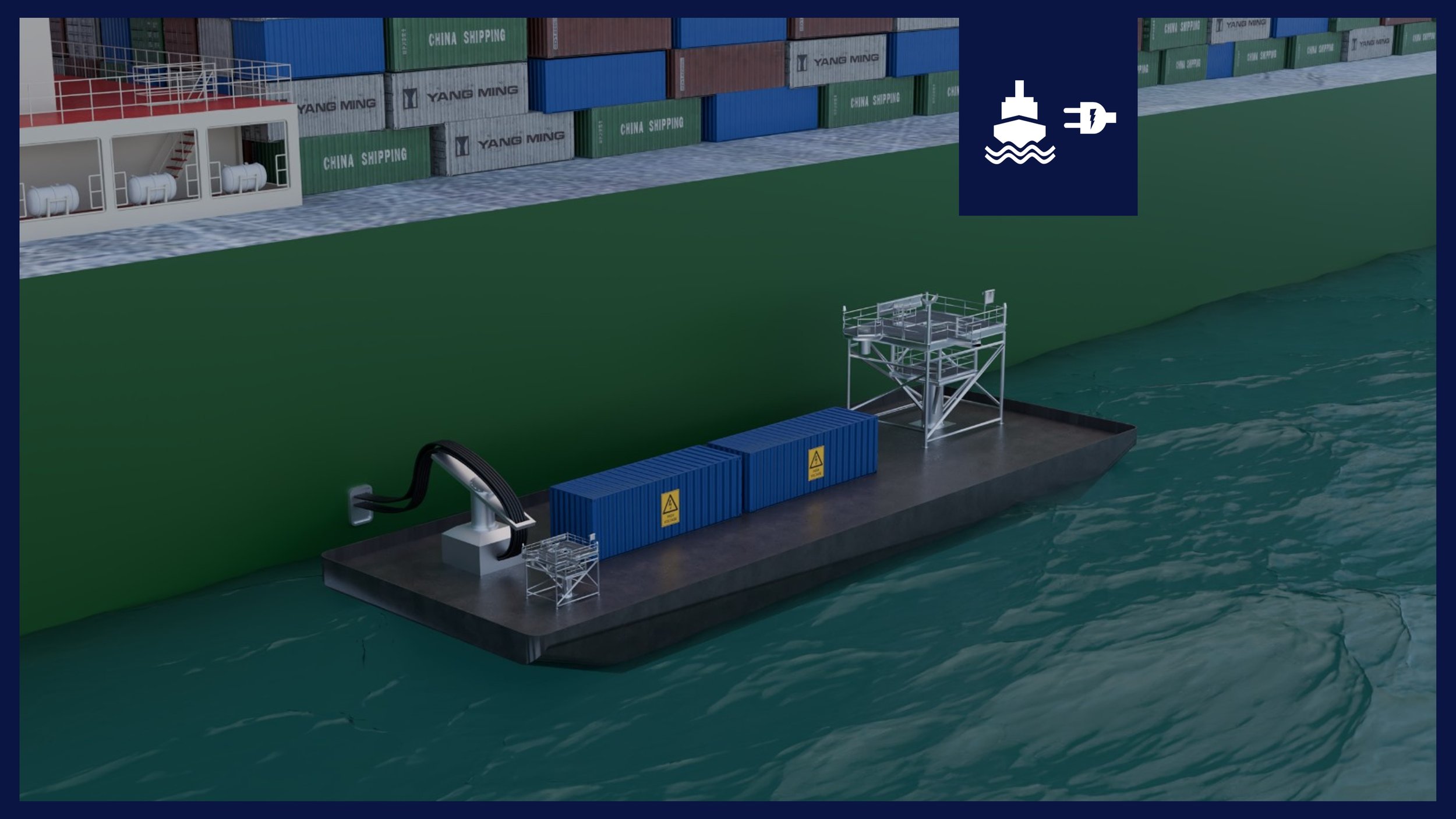




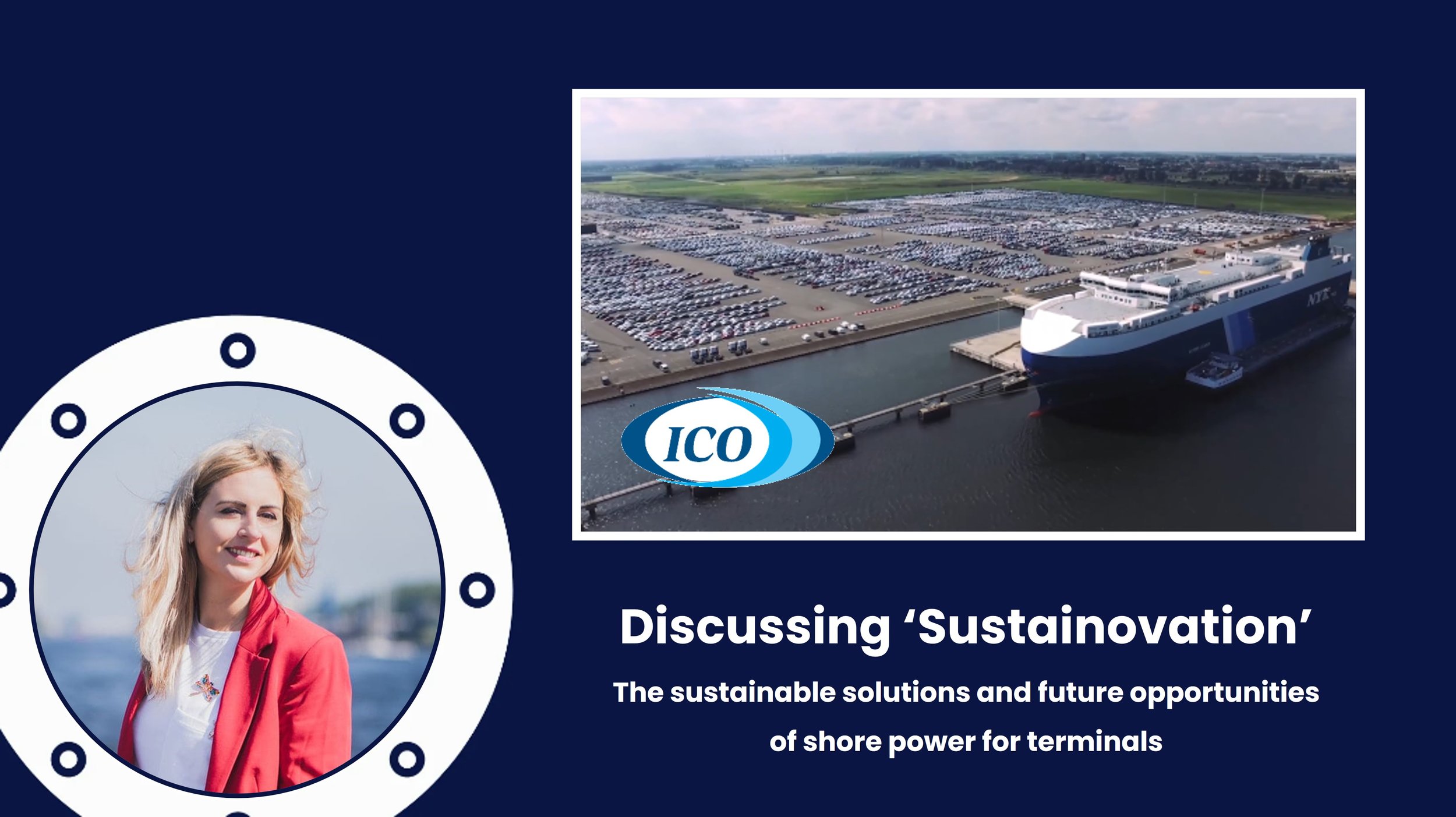






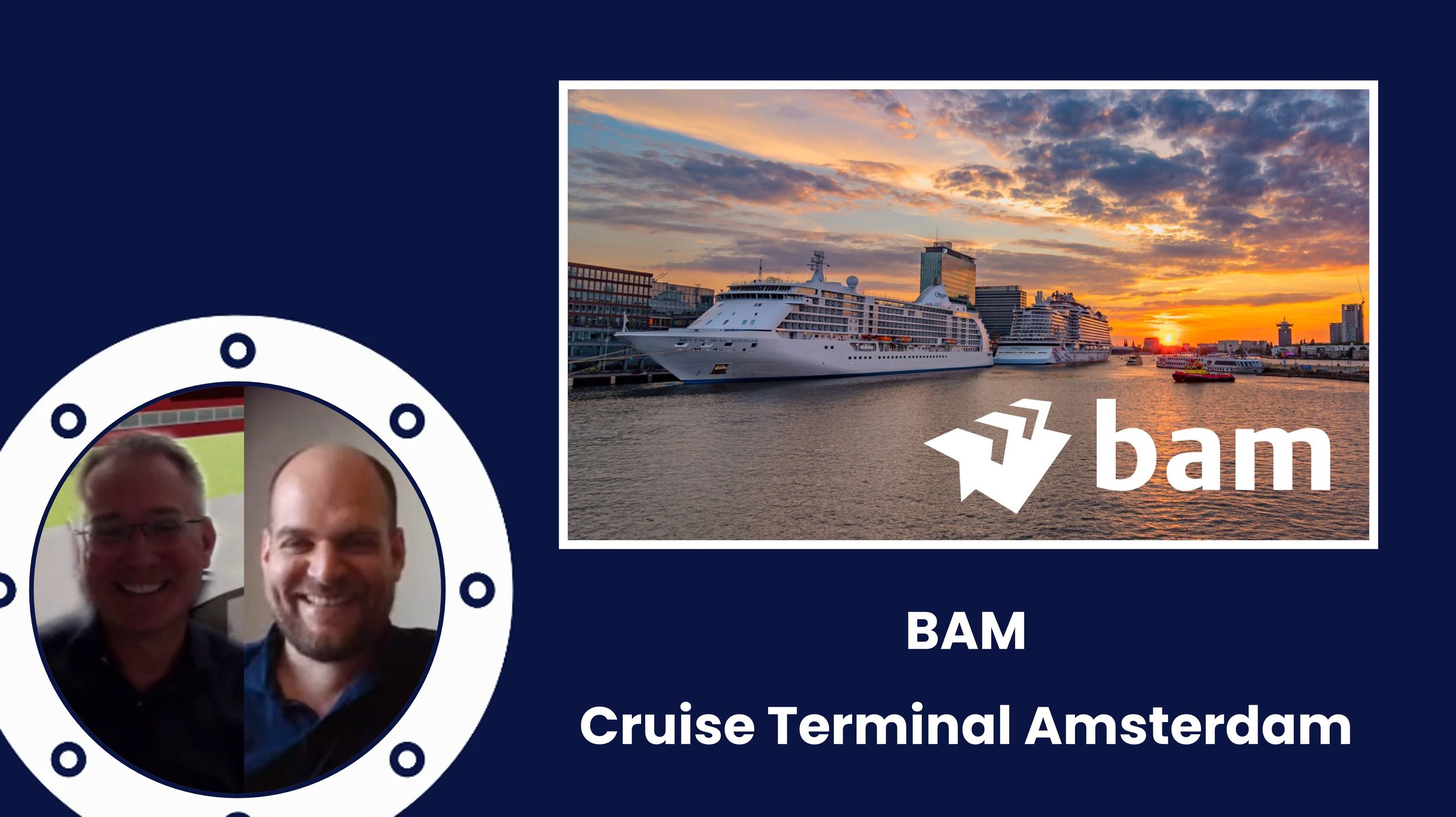


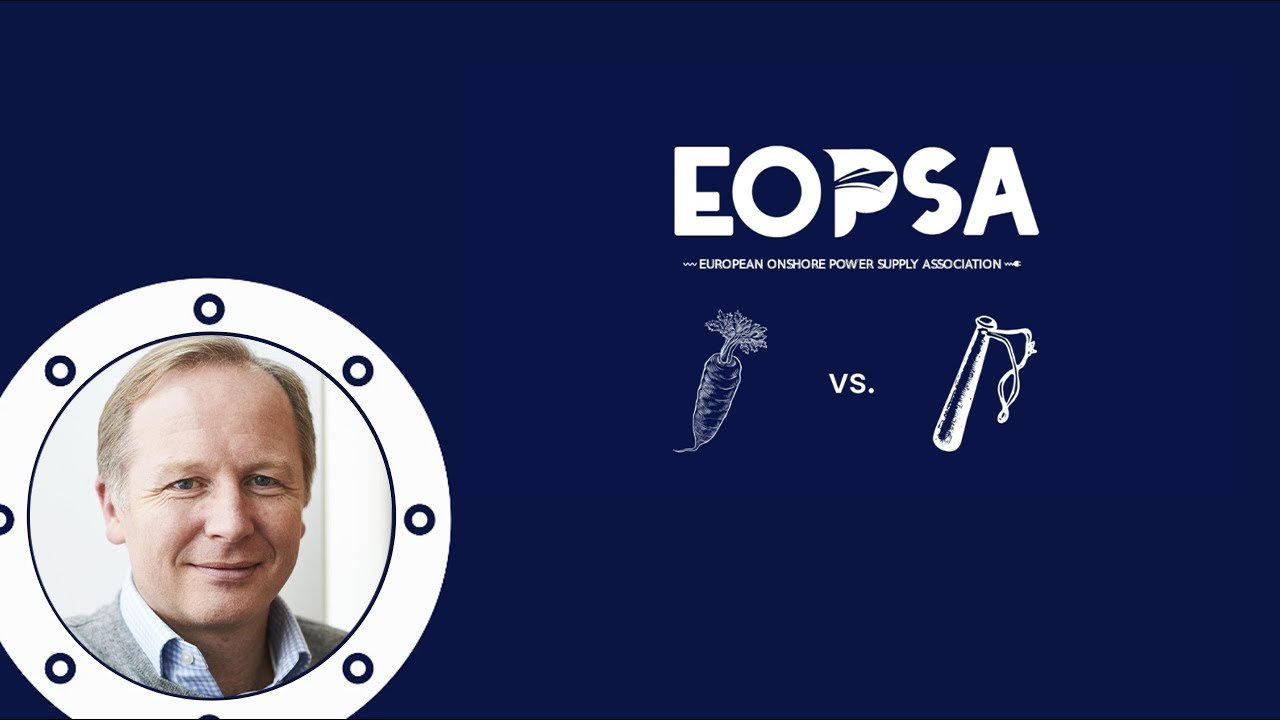

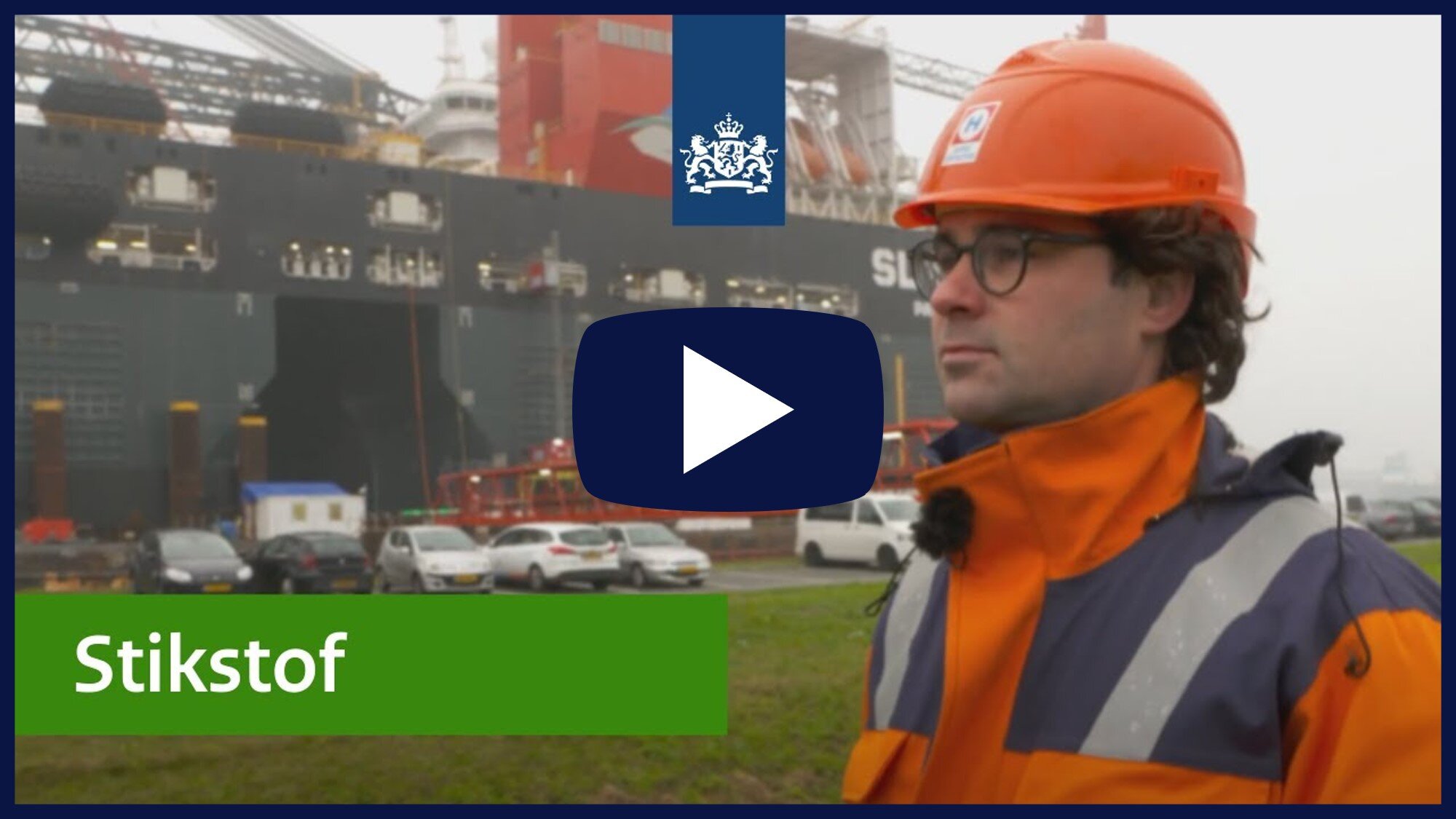





Accurate estimation of shore power demand at EU ports has become essential due to strict regulations like AFIR, which requires electrification for 90% of port calls by container and passenger ships at TEN-T ports by 2030. This blog evaluates three methods—using EU MRV fuel data, Sustainable Ships’ ship-specific power database, and ICCT research—to estimate the Total Addressable Market (TAM) for shore power. Results show the total annual electricity demand across EU ports is between approximately 6 and 13 TWh, highlighting the significant scale of infrastructure investment ahead.